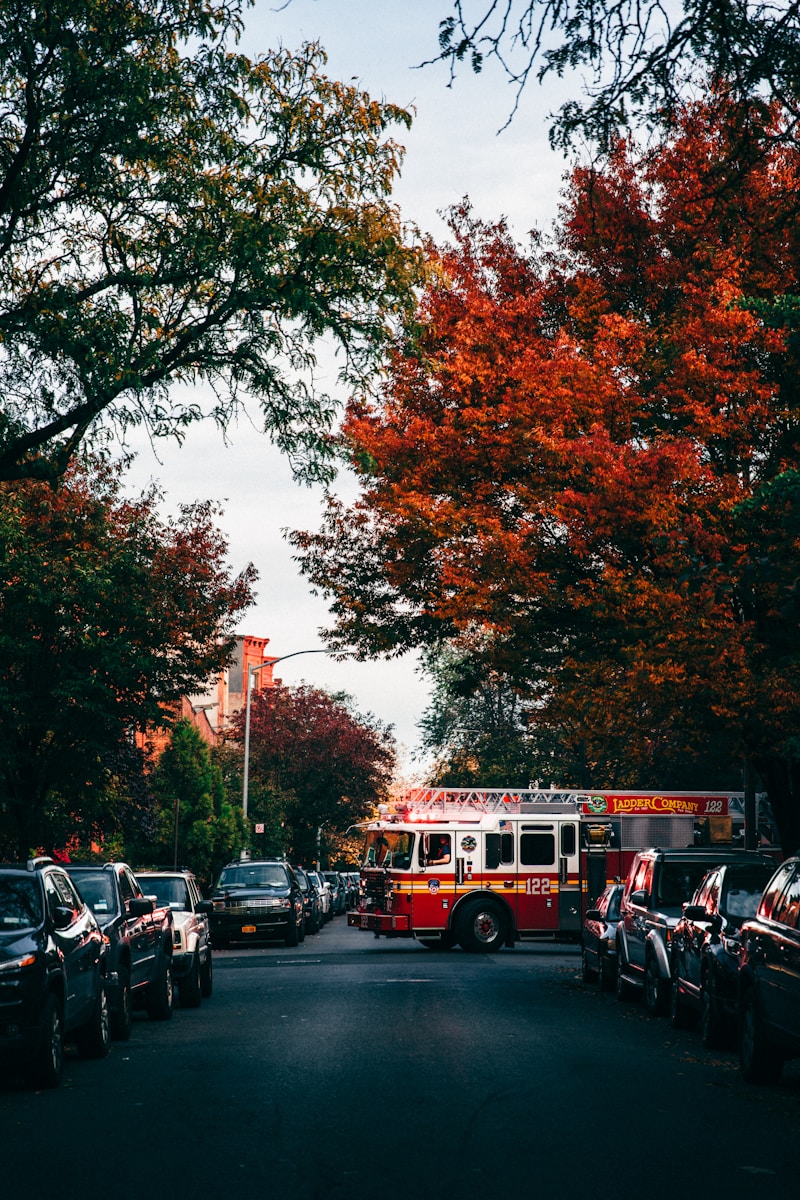In November 2016, New York University unveiled a program that will help students save money on housing and provide them with a home full of wonderful opportunities. This program, expected to save each student about $14,000 a year on housing, pairs students with local senior citizens. Other universities like University of Illinois and the Cleveland Institute of Music also have similar programs, allowing students to live in retirement homes. This intergenerational living arrangement is not only cutting down on living costs for the students, but it’s also providing with social benefits and lessons they won’t learn anywhere else.
Benefits of Intergenerational Living
College is supposed to be the best years of your life. However, for some students, this experience can be hampered by peer pressure and overall stressful social situations. Living in an assisted living community or retirement home allows these students to have a break from college life. Many students taking part in the program describe it as a positive experience with people who don’t care about what you’re wearing or if you have the newest iPhone. Christina Larson from the University of Illinois said that she lived with roommates her own age and it wasn’t a positive living experience. While living with senior citizens, Larson told the Post, “Here everyone gets along. We watch a lot of Star Trek together. Everyone is really laid back. The most important job I have is grocery shopping”. The environment provides a break from the social scene and lets students just be students.
Your Living Arrangement Becomes the Class of Life
During college, you’re supposed to learn the skills you need for the rest of your life. In an intergenerational living environment, you learn so much more than what the textbooks can teach you. Without the pressure of their peers, students can become who they really are. Also isolated from their peers, they truly learn how to be independent and live on their own with some guidance from their elderly peers. Especially in retirement homes where residents may be sick, students will learn how to take care of themselves including nutritional value of foods, what groceries to buy, and how to lead a healthy and happy life.
Most importantly, students will learn how to interact with people who aren’t the same as them. They will learn how to strike up a conversation and to find similarities in even the most different of people. These lessons will last a lifetime and help students grow into independent, caring, and cultured adults.


